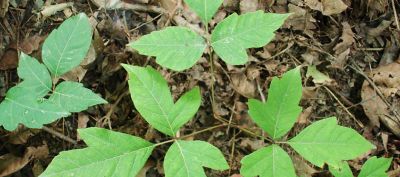 A Von Butz – In 1956, a major cooking oil company published a series of magazine advertisements claiming that “fried foods become light foods” when vegetable oil is used in place of butter or lard.
A Von Butz – In 1956, a major cooking oil company published a series of magazine advertisements claiming that “fried foods become light foods” when vegetable oil is used in place of butter or lard.
The clear message to health-savvy homemakers was that vegetable oil was a low-calorie solution to the more traditional fats they were cooking with.
Millions of well-meaning cooks took the bait and made the switch, thinking their families would be better off as a result.
Fast-forward 60 years and this cooking oil marketing blitz was evidently an industry success. Vegetable oils continue to remain the go-to fat used in fried and processed foods.
Marketers are still claiming that they’re better for human health than animal fats because they contain no cholesterol and aren’t saturated.
But what does the latest science have to say about this vegetable oil madness?
In a nutshell: all that “golden goodness” being dumped into deep fryers, drizzled on salads, and poured into frying pans isn’t exactly the health boon that industrial processors have long claimed it is. Continue reading

 Time in nature has a calming, rejuvenating effect on people… until they feel Nature’s revenge.
Time in nature has a calming, rejuvenating effect on people… until they feel Nature’s revenge.